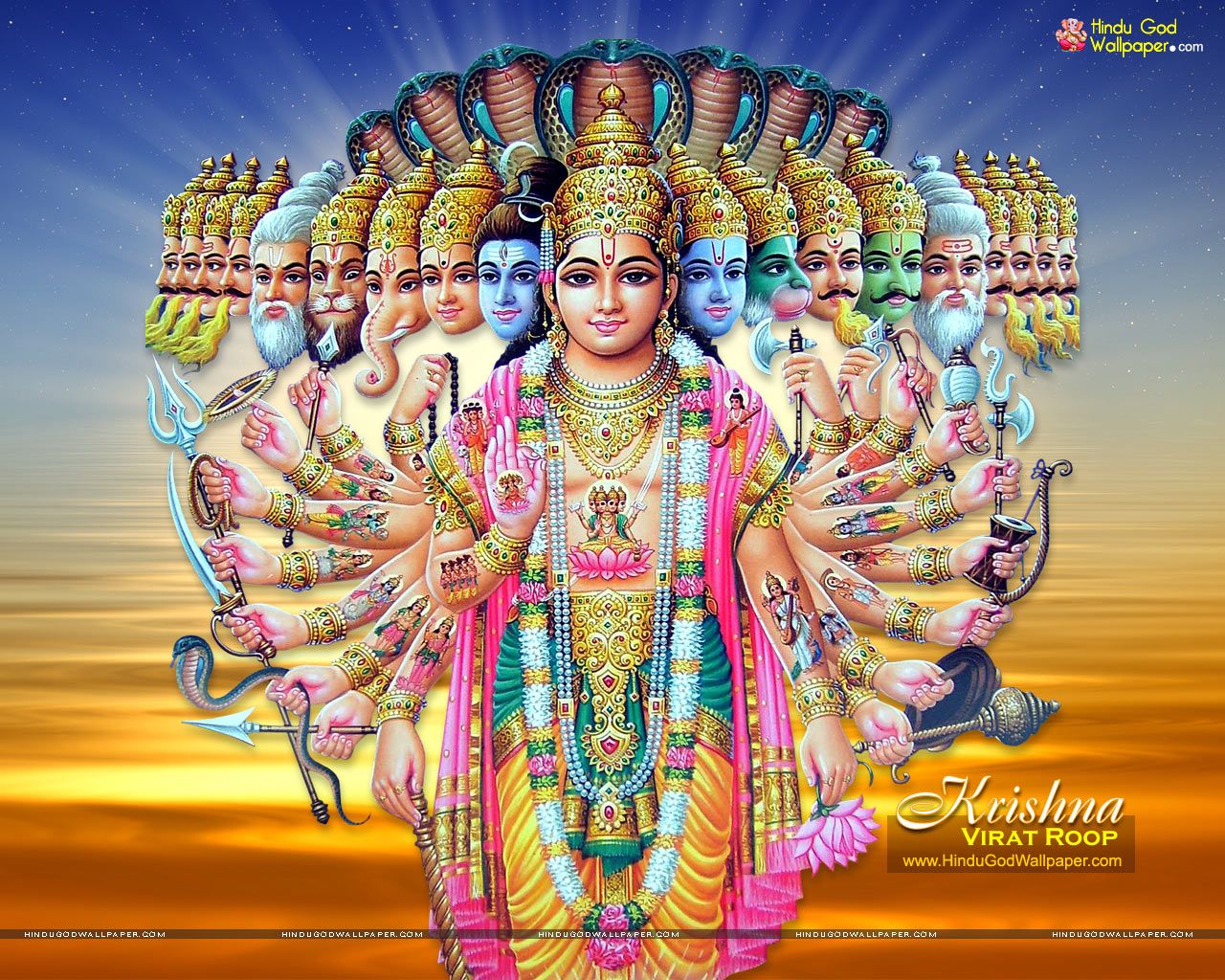GEETA DHYANAM - 6. Sri Madhusudana Saraswati.
===============================================================
===============================================================
Thursday, June 30, 2022. 05:00. AM.
Meditation on the Bhagavad Geeta : (9 Slokas)
================================================================
Slokam-6. The River of Battle
"Bhishma drona tata jayadratha jala gandhara-nilotpala,
shalya grahavate krpena vahane, karnena vela-akula;
asvathama vikarna ghora makara, duryodhana-avartini,
sah uttirna khalu pandavaih rana-nadi, kaivartakah kesavah."
----------------------------------------------------------------------------------------------------------
Translation :
1 Bhishma drona tata jayadratha jala gandhara-nilotpala, = With Bhishma and
Drona as its banks; Jayadratha as its water; with the King of Gandhara as a blue
water-lily;
2 shalya grahavate krpena vahane, karnena vela-akula; With Shalya as the
shark; = Kripa as the current; and Karna as the breaker;
3 asvathama vikarna ghora makara, duryodhana-avartini, = With Aswathama
and Vikarna as the terrible crocodiles; and Duryodhana as the whirlpool in it;
4 sah uttirna khalu pandavaih rana-nadi, kaivartakah kesavah. = Indeed the
crossing over of such a river of battle by the Pandavas was achieved by Krishna,
the ferry-man.
------------------------------------------------------------------------------------------------------------
Commentary :
This is the metaphor which symbolises the Mahabharata War and heralds the Geeta.
It has been the subject of many a debate: How could a peaceful message like the Geeta be
delivered in the middle of a battlefield? Does it propagate peace or war? This question has
captured the imagination of many commentators on the Geeta. Every Hindu household is
sure to have the picture of Krishna and Arjuna in a chariot in the middle of the two armies.
An Extended Metaphor: The River of Battle :
===============================================================
This is no ordinary river. It is a river in flood, the water hurtling down in whirlpools,
gushing in anger, as it were. This is what is seen from the perspective of the Pandavas:
1. The Kaurava forces have highly skilled warriors: The chief Kaurava commanders,
Bhishma and Drona are the two banks of this river. They are there to ensure that every
member of their eleven armies does his job by remaining in the river.
The river is no doubt not a friendly place to be near. Yet, what do we see in it? A
beautiful blue lotus flower! Could it be true? Yes, the King is Dhritarashtra, and like
adiplomat he appears sweet in manners but is very cunning and deluded within. No one
knows where they stand with him. He is blind, blind with delusion and confusion.
2. Some of them are sharks in midstream, like Shalya; some are the swift currents
that swirl in the waters, like Kripa; the fiercest soldier among them, Karna, stands out as the
breaker, the highest wave clearly visible amidst the smaller waves, by its height as well as
the white foam that froths over it; and there are numerous rocks against which the waters
crash with a thunderous roar.
3.In this River of Battle there are crocodiles beneath the surface who are waiting
the innocent victim. Cunning and crookedness are the slogans of war. And where is
Duryodhana, the leader of the Kauravas, to be seen? He is the terrible whirlpool which sucks
the opponent deep into the water, to be mauled there by the crocodiles and the sharks.
4.Trying to cross such a river in full spate is what the Pandavas have to do. Their very
big advantage is that their helmsman is none other than Lord Krishna Himself. Of all people,
He should know everything about the fierce struggle of crossing such a swollen river. After
all, on the very day that He was born, did He not cross such a river?
With that supreme advantage, the Pandavas do succeed in crossing this River of
Battle. They conquer the dark forces of evil represented by Duryodhana and restore the
river to its normal state of tranquillity and calmness.
*****
Next -
Slokam - 7: The Geeta as a Lotus Flower
To be continued
===============================================================







Comments
Post a Comment